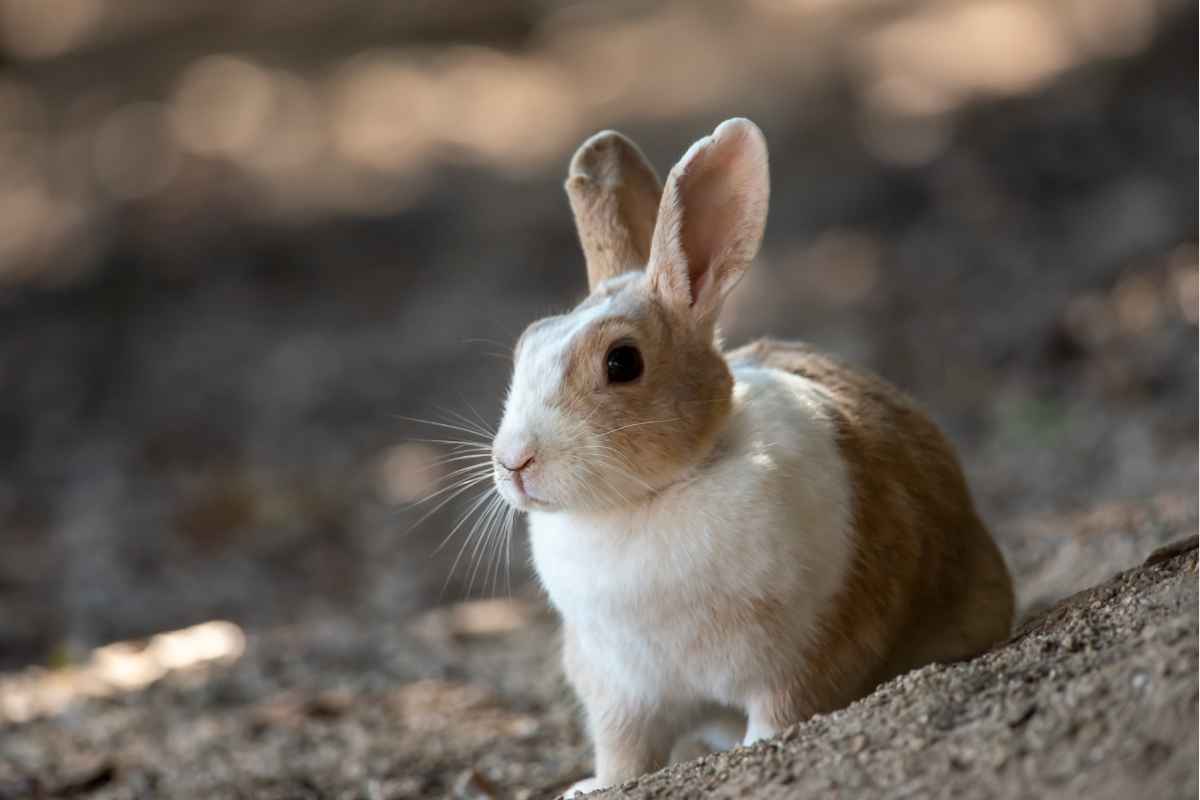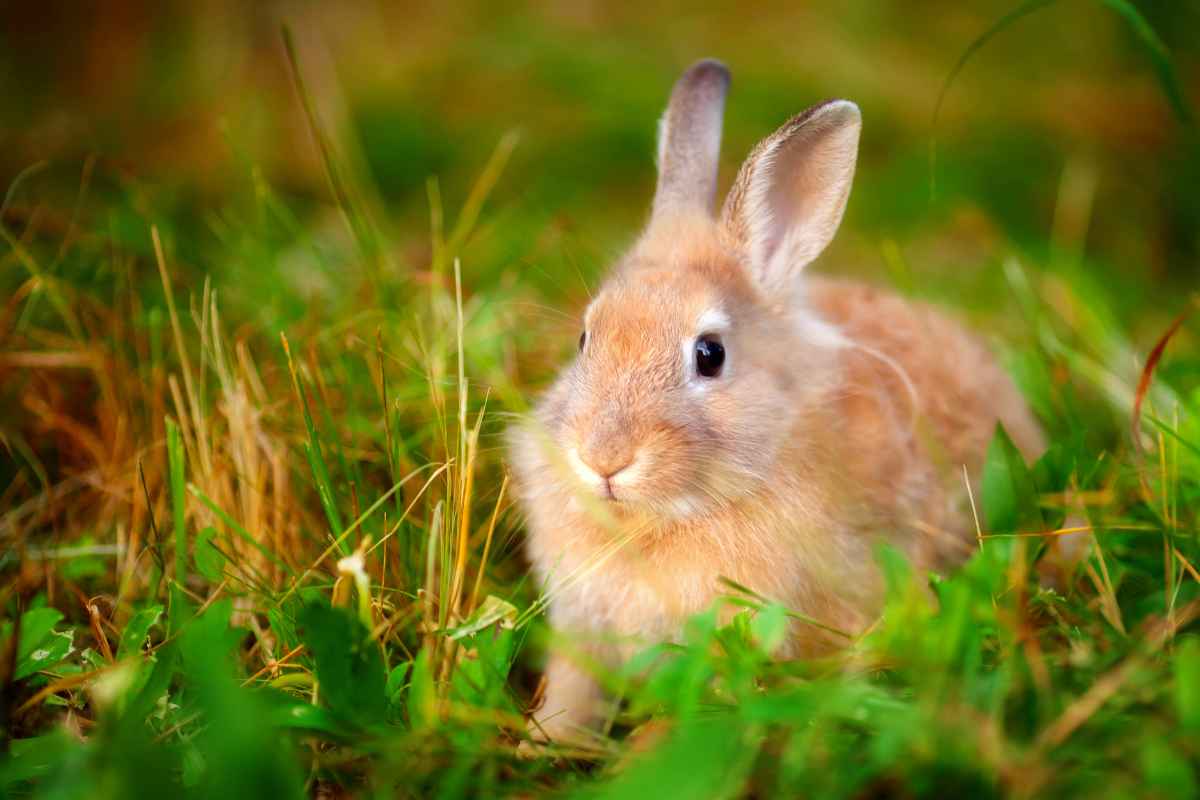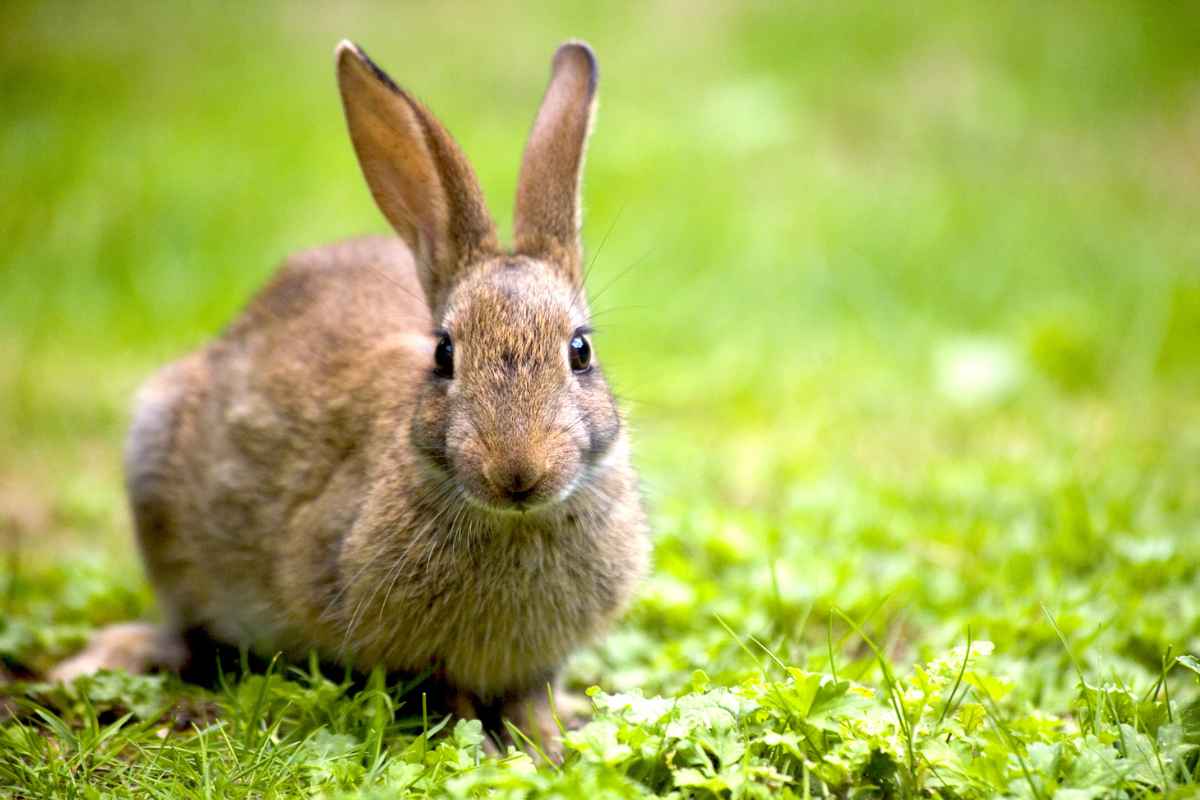Rabbit Body Language Explained - Everything you Need to Know

Rabbits are incredibly expressive creatures, and their body language can communicate a lot about their feelings, health, and state of mind.
Whether you're a first-time rabbit owner or an experienced one, understanding their behaviors is essential for creating a comfortable and safe environment for your furry friend.
In this guide, we’ll break down rabbit body language into easy-to-understand cues and provide you with all the information you need to ensure your bunny is happy and healthy.
Why Understanding Rabbit Body Language Is Important
When rabbits communicate, they do so primarily through body language, as they can't speak like humans.
Understanding these signals helps prevent stress, injury, or behavioral issues. By knowing what your rabbit is trying to convey, you can respond appropriately, strengthening the bond between you and your pet.
Common Rabbit Behaviors and What They Mean

1. Binkying – A Sign of Happiness
One of the most delightful behaviors you’ll see is binkying. This is when a rabbit jumps into the air, twisting and turning in excitement. It's often associated with pure joy and happiness. Rabbits usually binky when they are feeling playful and have plenty of energy.
Why It Happens: Binkying is typically a sign that your rabbit is in a good mood and is enjoying its environment.
What to Do: If your rabbit is binkying, it’s a sign you’re doing things right! Keep providing a stimulating environment for your bunny to enjoy.
2. Flattened Ears – Fear or Aggression
When a rabbit flattens its ears against its head, this is a strong indicator that something is wrong. Flattened ears usually signal that your rabbit is feeling threatened, fearful, or even aggressive.
Why It Happens: This behavior is commonly seen when a rabbit is startled, angry, or in a defensive posture.
What to Do: If your rabbit flattens its ears, back off and give it space. Ensure that the environment is calm and safe, and avoid sudden movements that might stress your rabbit.
3. Thumping – Warning Signal

Rabbits can thump their hind legs when they feel danger is near. This behavior is usually accompanied by a strong thud, which serves as a warning to other rabbits in the wild. Your pet might thump to alert you to something they find alarming.
Why It Happens: Thumping is a natural instinct for rabbits to communicate potential threats. It can also happen if your rabbit is frustrated or anxious.
What to Do: Pay attention to what’s going on around your rabbit when it thumps. If it’s caused by external stimuli (like loud noises or unfamiliar people), try to calm the environment.
Interpreting Rabbit Posture
The posture of your rabbit can tell you a lot about its mood, comfort level, and whether it’s feeling safe. Below are some common postures and what they mean.
4. Relaxed Bunny – Lying Down with Legs Outstretched

When your rabbit is feeling comfortable and relaxed, you may notice it lying down with its legs stretched out behind it. This indicates that your bunny feels secure in its environment.
Why It Happens: This position shows that your rabbit is confident and at ease. They will only lie in this way when they feel safe.
What to Do: If you see your rabbit lying down in this relaxed posture, it means they trust you and are comfortable in their space.
5. Sitting Up on Hind Legs – Curiosity or Alertness
Rabbits often sit on their hind legs, which is typically a curiosity-driven behavior. If your bunny sits up and seems alert, they’re likely checking out their surroundings or listening for something interesting.
Why It Happens: Sitting up is a natural way for rabbits to get a better view of their environment, especially when they hear or smell something unfamiliar.
What to Do: This behavior isn’t necessarily a cause for concern. It’s a normal instinct for your rabbit to remain vigilant, especially if it’s in a new environment.
Signs of Stress and How to Address Them

It’s essential to recognize when your rabbit is feeling stressed, as this can lead to behavioral problems or health issues. Here are some common signs of stress and what you can do to help your rabbit feel better.
6. Hiding or Retreating – Feeling Unsafe
If your rabbit suddenly retreats to a hidden spot, it may be feeling stressed, frightened, or overwhelmed. Rabbits often hide when they sense danger or when they need some alone time.
Why It Happens: Hiding is a natural survival instinct, as rabbits are prey animals. They seek shelter when they feel threatened.
What to Do: If your rabbit is hiding, try not to disturb it. Give it time to calm down and allow it to come out on its own. Ensure the environment is quiet and that your rabbit has a safe space to retreat to.
7. Excessive Grooming – Self-Soothing or Anxiety
Rabbits may groom themselves excessively when they are anxious or stressed. This self-grooming can sometimes turn into over-grooming, which can result in fur loss or skin irritation.
Why It Happens: Rabbits use grooming as a way to calm themselves, but excessive grooming can be a sign of anxiety or discomfort.
What to Do: Ensure your rabbit’s environment is stress-free, with plenty of hiding spots, toys, and interaction. If the over-grooming persists, consult a vet to rule out health issues.
What to Do if Your Rabbit Displays Aggressive Behavior

Aggressive behavior can occur if your rabbit is feeling threatened, territorial, or in pain. It's essential to understand the signals and how to respond effectively.
8. Thrusting or Boxing – Aggression
If your rabbit raises its front paws and boxes the air or another animal, it’s a clear sign of aggression. This behavior is often seen during play, but it can also occur if your rabbit feels threatened or territorial.
Why It Happens: Boxing is often a defensive move. It can occur when a rabbit is frustrated, protecting its territory, or trying to assert dominance.
What to Do: If your rabbit is boxing, don’t retaliate. Instead, remove any perceived threats or stressors from the environment and give your bunny some time to calm down.
Health and Body Language
Sometimes, your rabbit’s body language may indicate that it’s feeling unwell or in pain. Observing changes in behavior can be one of the most critical ways to spot health problems early.
9. Changes in Eating Habits – Possible Health Concerns
Rabbits typically have healthy appetites. If your bunny suddenly loses interest in food or stops eating altogether, it may be a sign of illness.
Why It Happens: A decrease in appetite can indicate digestive problems, pain, or other health issues.
What to Do: If your rabbit refuses to eat, contact your vet immediately. Loss of appetite in rabbits can be a sign of a serious health condition.

Conclusion: Building a Strong Bond Through Body Language
Understanding your rabbit’s body language is crucial for maintaining a happy and healthy relationship with your pet.
By paying attention to the signals they send, you can provide a better quality of life for your rabbit, respond to its needs, and strengthen your bond.
Keep in mind that every rabbit is unique, and it may take time to fully understand its specific behaviors.
If you notice any significant changes in your rabbit’s behavior or health, it’s always best to consult with a veterinarian to ensure your furry friend stays in good shape.
We hope you enjoy this video about Rabbits

Source: Jaw-Dropping Facts
Did you find this post useful or inspiring? Save THIS PIN to your Pets Board on Pinterest! 😊


You may also like